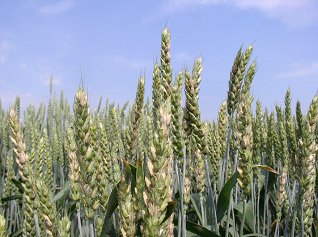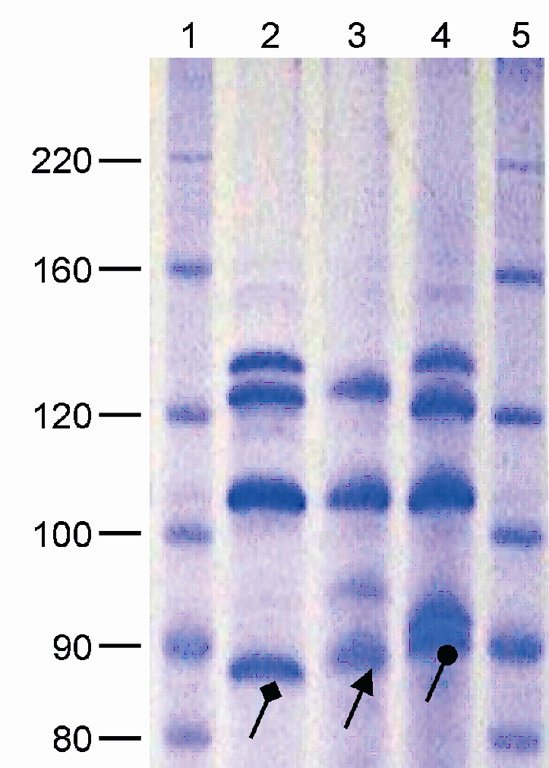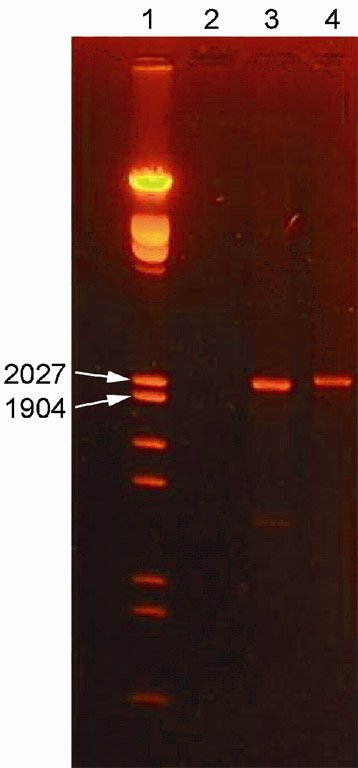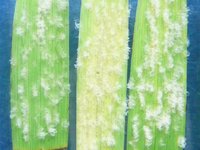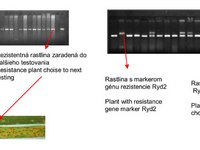Department of Applied Biology and Genetics (hereinafter DABG) was formed in January 2014 by transformation of former Plant biology Project section, which was formed in Februáry 2009 by integration of former Agricultural biotechnologies department, Applied genetics department and a part of Agricultural chemistry department. In the field of agrobiotechnology is DABG focused on the plant molecular biotechnology studies of economically important crops on the level of genomics, transcriptomics, proteomics and partly metabolomics at present. Examines interactions in the system soil - microorgamism - plant using modern molecular methods. The genomic part of research is oriented on the identification of genes coding cereal storage proteins and the identification of genes and markers responsible for cereal resistance against pathogenes. The proteomic research is focused especially on proteomic identification of cereal storage proteins. According to demand of breeding practice another aim of this department is the introducing of molecular diagnostic of selected virus diseases in vegetable genus Capsicum and Solanum.
In the field of applied genetics (genetics of resistance) is the research work concentrated on diagnostics of the pathogens and viral diseases of winter wheat, durum wheat, spring barley and oats that are of economic importance. Classic as well as molecular approaches of breeding are used to create new biological material with higher technological quality and defined resistance genes. The created biological materials are offered to breeders and research institutes. Molecular methods of detection are applied to improve the selection strategy and to detect the presence of introduced genes of resistance to wheat leaf rust (Puccinia recondita f. sp. tritici), barley net blotch (Drechslera teres), barley scald (Rhynchosporium secalis), and barley yellow dwarf viruses. Testing of genetic resources concentrates on seeking the sources of resistance to Fusarium head blight and powdery mildew of wheat and barley (Blumeria graminis f. sp. tritici, Blumeria graminis f. sp. hordei), ramularia leaf spot (Ramularia collo-cygni Sutton & Waller) and at the same time attempting to study the host-pathogen interactions. Virulence analysis of races (pathotypes) serves the purpose of monitoring the presence and evolution of pathogen populations in the given Slovak regions. The maintained pathotypes are used for pathogen detection in plants and to identify resistance genes. Testing the cultivars and new breeding material of winter wheat and oats after artificial inoculation with Fusarium culmorum, F. graminearum and F. poae is aimed at studying the interaction with the toxinogenic fungi in additon to the selection of resources with lower accumulation of the mycotoxins.

